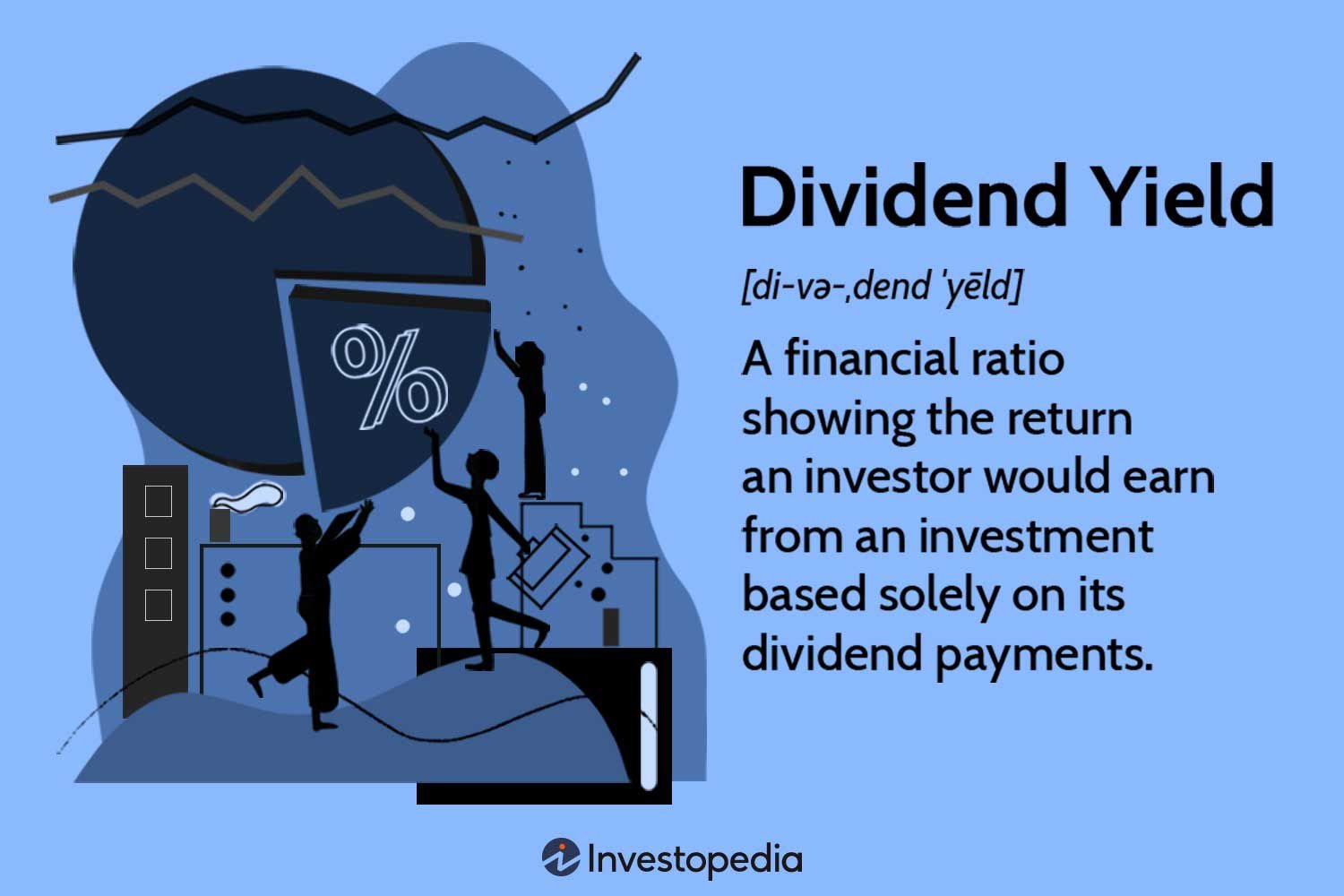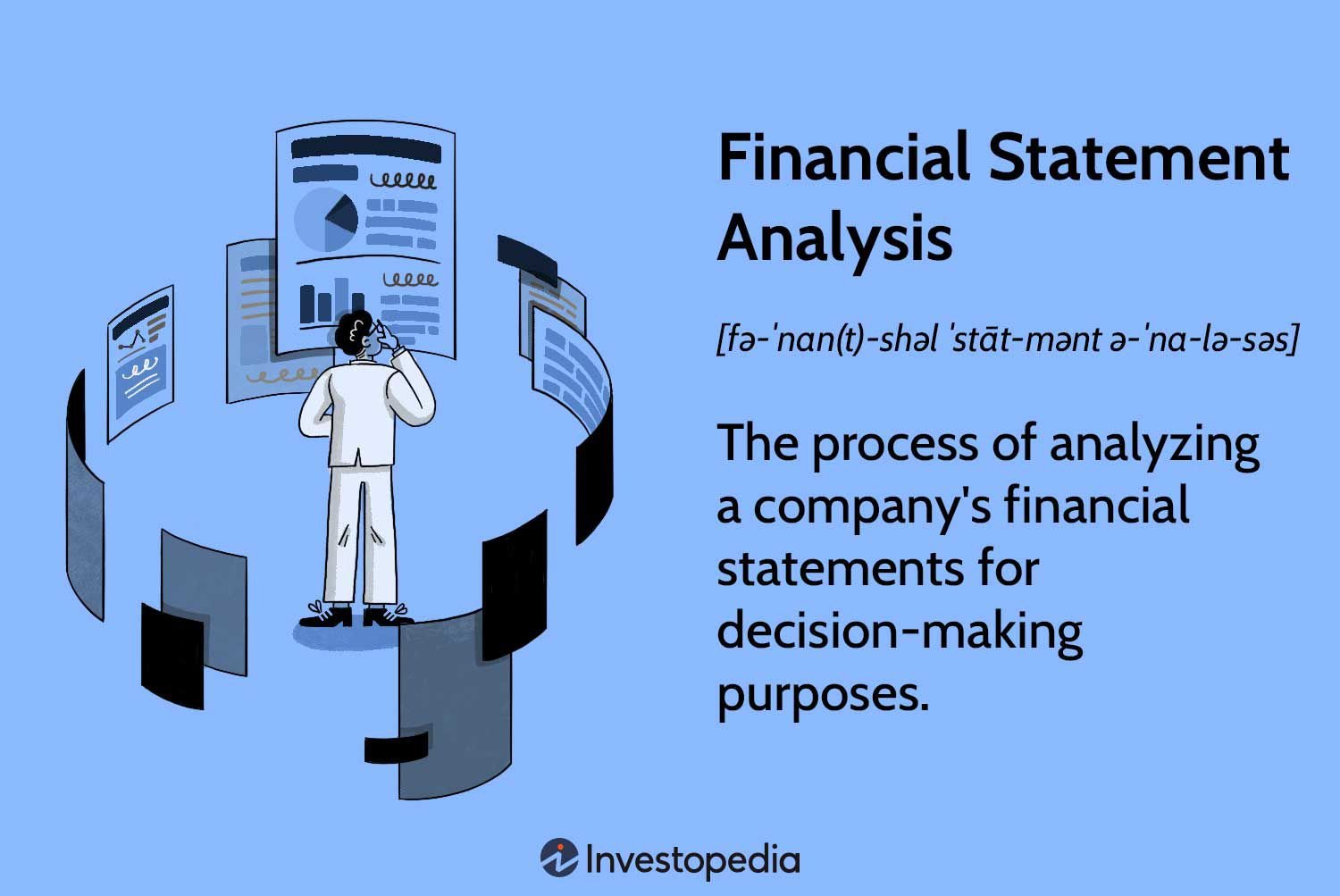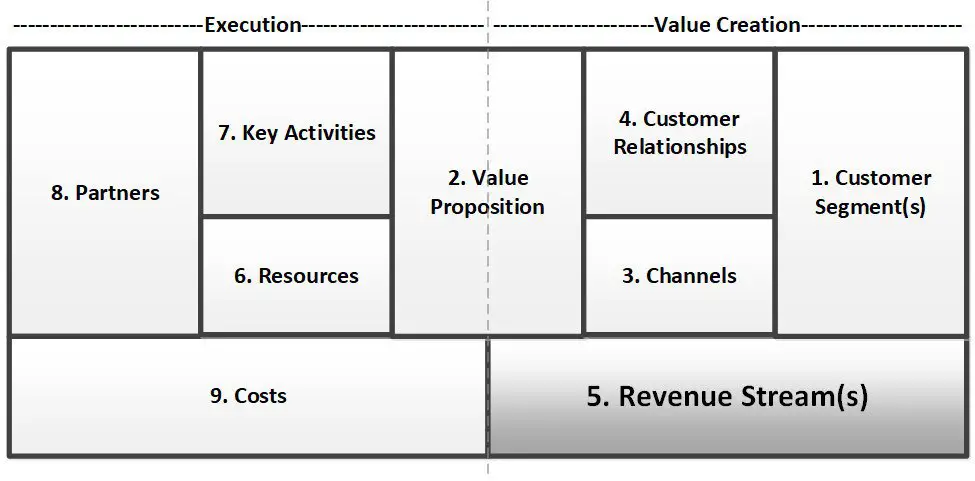Looking to dive into the world of stock investing? Curious about dividend yield and how it can impact your investment returns? Look no further! Understanding dividend yield in stock investing is essential to developing a successful investment strategy. In this article, we’ll break down the concept of dividend yield, explore its significance, and show you how to calculate it. By the end, you’ll be equipped with the knowledge needed to make informed decisions and potentially enhance your portfolio’s performance. Let’s get started!
Understanding Dividend Yield in Stock Investing
What is Dividend Yield?
Dividend yield is a financial metric that investors use to evaluate the income potential of an investment in a stock. It is calculated by dividing the annual dividend payment per share by the stock’s current market price. The resulting percentage represents the return on investment an investor can expect to receive from dividends alone.
Formula for Dividend Yield
The formula to calculate dividend yield is as follows:
Dividend Yield = (Annual Dividend per Share / Market Price per Share) * 100
For example, if a company pays an annual dividend of $2 per share and the market price of the stock is $50 per share, the dividend yield would be (2 / 50) * 100 = 4%.
Important Note: It is essential to use the annual dividend and the current market price to calculate the dividend yield accurately. The dividend yield is typically expressed as a percentage and is an important metric for income-focused investors.
Why is Dividend Yield Important?
Understanding dividend yield is crucial for investors, especially those seeking a reliable income stream from their investments. Here are a few reasons why dividend yield is important:
1. Income Potential
Dividend yield helps investors gauge the income potential of a stock. It allows them to compare the dividend-paying ability of different stocks and make informed investment decisions based on their income objectives. By choosing stocks with higher dividend yields, investors can potentially generate a steady stream of income.
2. Risk Assessment
Dividend yield also provides insights into a stock’s risk profile. Stocks with high dividend yields may seem attractive due to the potential for higher income, but they may also indicate a riskier investment. A company offering an unusually high dividend yield may be facing financial challenges or have an unsustainable dividend policy. Investors need to carefully assess the financial health and stability of the company before investing solely based on a high dividend yield.
3. Total Return
While dividend yield focuses on income generated from dividends, it is essential to consider the total return on investment. Total return includes both dividends received and capital appreciation. Investors should not solely rely on dividend yield but also evaluate the potential for stock price growth. A stock with a lower dividend yield but higher capital appreciation may offer a more favorable total return in the long run.
4. Dividend Stability
Dividend yield can provide insights into a company’s dividend stability. Companies with a consistent track record of paying dividends and increasing them over time are often favored by income-focused investors. High dividend yields from companies with a history of stable dividends may indicate a reliable income stream for investors.
Factors Affecting Dividend Yield
Several factors can influence the dividend yield of a stock. It is important to consider these factors when evaluating dividend-paying stocks. Here are some key factors to keep in mind:
1. Company Financial Health
The financial health of a company is a critical factor in determining its ability to pay dividends consistently. Companies with strong balance sheets, stable cash flows, and sustainable earnings are more likely to maintain and increase their dividend payments over time. Investors should carefully analyze a company’s financial statements and assess its ability to generate sufficient cash flow to support dividend payments.
2. Industry and Market Conditions
Industry and market conditions can impact a company’s dividend policy. Industries that are cyclical or highly regulated may be more prone to dividend fluctuations. Additionally, economic downturns or market volatility can influence a company’s ability to maintain dividend payments. Investors should consider the industry and market conditions when evaluating the sustainability of a company’s dividend yield.
3. Interest Rates
Interest rates play a significant role in influencing dividend yields. When interest rates are low, dividend-paying stocks become more attractive to income-focused investors seeking higher returns. Conversely, when interest rates rise, fixed-income investments become more appealing, potentially reducing the demand for dividend-paying stocks. Changes in interest rates can impact the overall dividend yield environment.
4. Dividend Policy
Each company has its own dividend policy, which outlines how it determines the amount and timing of dividend payments. Some companies have a steady dividend policy and aim to increase dividends each year, while others may pay fluctuating dividends based on earnings or cash flow. Investors should review a company’s dividend policy to understand its commitment to regular dividend payments.
Limitations of Dividend Yield
While dividend yield is a valuable metric for income-focused investors, it does have limitations. Investors should be aware of these limitations when using dividend yield to make investment decisions. Here are a few limitations to consider:
1. Dividend Reduction or Elimination
Companies may reduce or eliminate dividend payments for various reasons, such as financial difficulties, changes in business strategy, or economic downturns. Dividend yield alone does not guarantee a consistent income stream, and investors should assess the long-term sustainability of dividends beyond the current yield.
2. Stock Price Volatility
Stock price volatility can significantly impact dividend yield. A sudden increase or decrease in the stock price can cause the dividend yield to fluctuate, potentially misleading investors. It is important to consider the underlying fundamentals of the company and its dividend-paying ability rather than relying solely on dividend yield.
3. Tax Implications
Dividends are typically subject to taxation, which can reduce the net income received by investors. The tax treatment of dividends varies depending on the jurisdiction and the investor’s tax situation. Investors should consider the tax implications when evaluating the actual income they will receive from dividends.
4. Inflation
Inflation erodes the purchasing power of income over time. While dividend yield provides insight into the current income potential, investors should also consider the impact of inflation on the future value of their income. Companies that consistently increase their dividends at a rate higher than inflation may be better suited for income-focused investors in the long term.
Understanding dividend yield is essential for investors seeking income potential from their stock investments. It provides insights into a stock’s ability to generate a reliable income stream through dividends alone. However, dividend yield should not be the sole factor in investment decisions. Investors should consider other factors such as company financial health, industry conditions, interest rates, and dividend stability. By carefully evaluating these factors, investors can make more informed investment decisions aligned with their income objectives.
Dividend vs. Dividend Yield (Stock Investing 101)
Frequently Asked Questions
Frequently Asked Questions (FAQs)
What is dividend yield?
Dividend yield is a financial ratio that indicates the percentage return an investor can expect from owning a particular stock in terms of dividends. It is calculated by dividing the annual dividend per share by the stock’s current market price, and then multiplying the result by 100.
How is dividend yield important in stock investing?
Understanding dividend yield is important in stock investing as it provides insights into the income-generating potential of a stock. Investors seek stocks with higher dividend yields as it indicates the company’s willingness to distribute profits to its shareholders. Dividends can contribute significantly to an investor’s total return, making dividend yield a valuable metric.
Does a higher dividend yield always mean a better investment?
Not necessarily. While a higher dividend yield can be attractive, it is important to consider other factors as well. A company with an exceptionally high dividend yield may have an unsustainable payout ratio or be facing financial difficulties. It is crucial to assess a company’s financial health, dividend history, and future prospects before making an investment decision solely based on dividend yield.
What factors can affect a stock’s dividend yield?
Various factors can impact a stock’s dividend yield, including changes in the company’s dividend policy, earnings growth, financial stability, and interest rates. Additionally, market conditions and investor sentiment can also influence the dividend yield, causing it to fluctuate over time.
How can I calculate dividend yield?
To calculate dividend yield, divide the annual dividend per share by the stock’s current market price and then multiply the result by 100. For example, if a stock pays an annual dividend of $2 per share and its current market price is $40, the dividend yield would be 5% ($2/$40 * 100).
Are there any risks associated with dividend investing?
Like any investment strategy, dividend investing carries certain risks. Some risks include the potential for dividend cuts or suspensions by the company, a decline in the stock’s price, or changes in tax laws affecting dividend income. It is vital to diversify investments, carefully research the companies, and regularly review the portfolio to mitigate these risks.
What is a good dividend yield?
The definition of a good dividend yield can vary depending on the investor’s goals and preferences. Generally, a dividend yield that exceeds the average yield of stocks in the same market or sector may be considered good. However, it is important to analyze the company’s financials and stability before determining if the yield is sustainable.
Can dividend yield be negative?
No, dividend yield cannot be negative. Dividend yield is always expressed as a positive percentage or zero. A negative dividend yield would imply that the stock is not paying any dividends but rather charging investors to hold the shares, which is highly unlikely in traditional stock investing.
Final Thoughts
Understanding dividend yield in stock investing is crucial for investors. Dividend yield is a key metric that indicates the return on investment from dividends received relative to the stock price. By analyzing the dividend yield, investors can assess the income potential of a stock and make informed decisions. A high dividend yield may indicate an attractive investment opportunity, but it is essential to consider other factors like the company’s financial health and dividend sustainability. On the other hand, a low dividend yield may signal potential growth opportunities in the company. To make successful investment choices, investors must grasp the concept of dividend yield in stock investing.



